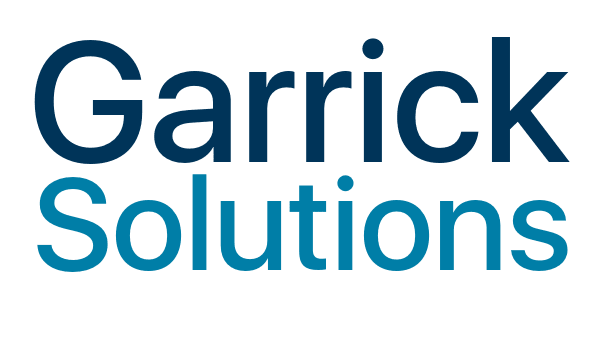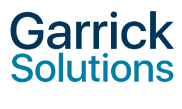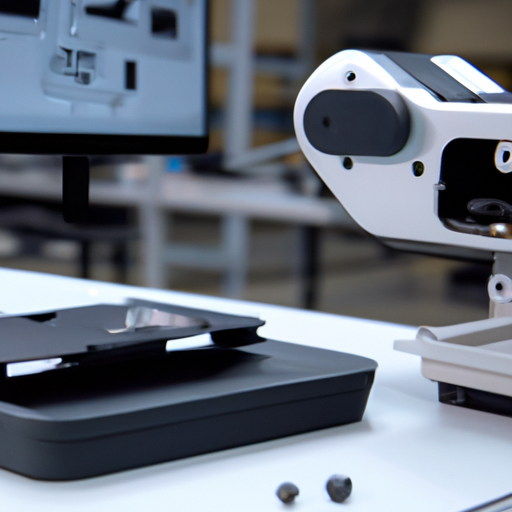The Benefits of Automating Back-Office Functions in Healthcare Companies
- Ijeoma
- July 18, 2023
In the healthcare industry, back-office functions play a vital role in supporting the administrative, financial, and operational aspects of a healthcare organization. However, many healthcare companies still rely on manual processes for these functions, which can be time-consuming, error-prone, and resource-intensive.
Here’s why healthcare companies should prioritize automation in their back-office functions and the significant benefits it can bring.
Automation streamlines back-office processes by replacing manual tasks with technology-driven solutions. Routine administrative tasks such as data entry, scheduling, billing, and claims processing can be automated, reducing the need for repetitive manual work. This improves efficiency, eliminates errors, and enables staff to focus on higher-value activities, leading to increased productivity and improved overall operational performance. By automating back-office functions, healthcare companies can achieve significant cost savings. Automation reduces labor costs associated with manual data entry, document handling, and paperwork. It also minimizes the risk of errors that can lead to costly rework or claims denials. Additionally, automation improves resource allocation by optimizing staff utilization and reducing the need for additional personnel in administrative roles.
Manual processes are prone to human errors, which can have serious implications in healthcare, such as incorrect patient billing or compromised data integrity. Automating back-office functions minimizes these errors by ensuring accurate data entry, calculations, and adherence to predefined rules and regulations. This improves data accuracy, enhances compliance with industry standards, and reduces the risk of costly penalties or legal issues.
Automation enables the creation of streamlined workflows by digitizing and connecting various back-office processes. Tasks that were previously performed sequentially can now be automated to run concurrently, resulting in faster turnaround times. For example, automating the claims processing workflow can reduce the time required for claims adjudication, leading to quicker reimbursement for healthcare services provided.
Automated back-office systems generate valuable data and insights that can be leveraged for data analytics and informed decision-making. With automated processes in place, healthcare companies can capture and analyze data related to billing, revenue cycle management, resource utilization, and operational efficiency. This data-driven approach enables organizations to identify trends, optimize performance, and make strategic decisions to drive continuous improvement. Efficient back-office automation also positively impacts the patient experience. By streamlining processes, automating appointment scheduling, and improving billing accuracy, healthcare organizations can provide a seamless and hassle-free experience for patients. Faster claims processing and reduced administrative errors contribute to faster reimbursements and a more transparent billing process, leading to increased patient satisfaction and loyalty.
The advantages of automation in back-office functions are clear, and healthcare organizations should prioritize its implementation to stay competitive in today’s rapidly evolving healthcare landscape. Automation helps healthcare companies achieve increased efficiency, cost savings, improved accuracy, streamlined workflows, better data analytics, and ultimately, a superior patient experience. Automation also helps healthcare organizations to stay compliant with industry standards and regulations, reducing the risk of costly penalties and legal issues.
In addition to the benefits of automation, healthcare organizations should also ensure that their automation systems are secure, reliable, and up to date. Automation systems should be regularly monitored and updated to ensure the accuracy and integrity of data. Healthcare organizations should also ensure that their staff is trained and equipped to handle automated processes and systems.
Overall, automation of back-office functions is a strategic move that empowers healthcare companies to focus on delivering high-quality care while achieving operational excellence. By leveraging the power of automation, healthcare organizations can improve efficiency, reduce costs, enhance accuracy, and improve patient experience. Automation is essential for healthcare companies seeking to remain competitive in today’s rapidly-evolving healthcare landscape.
At Garrick Solutions, we have 12 years of experience in providing automation solutions to both Fortune 500 companies and small-sized organizations. We understand the unique challenges faced by healthcare businesses and can offer tailored solutions that integrate seamlessly into existing infrastructures. If you’re ready to embark on a journey towards improved efficiency and employee satisfaction, reach out to us at ijeoma@garricksolutions.com. Let us partner with you to create a healthcare environment where employees have the time and tools to make better decisions and drive your organization’s success.

Robotic Process Automation
Blog Categories
Feel free to get in touch with our experts.
Other articles
Emerging Chatbot Trends: AI Technology, NLP, Sentiment Analysis & Multi-Language Support for Customer Support
Enhancing healthcare through intelligent conversation. Enhancing Mental Health Support and...
Read MoreHow to Get Started with AI and RPA
Introduction to AI and RPA: A Beginner’s Guide Artificial Intelligence...
Read MoreAI and RPA for Customer Service
The Impact of AI and RPA on Customer Service: Enhancing...
Read More




